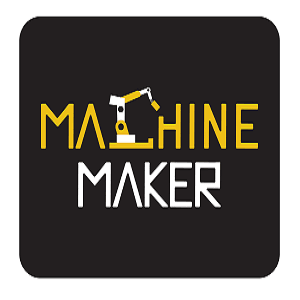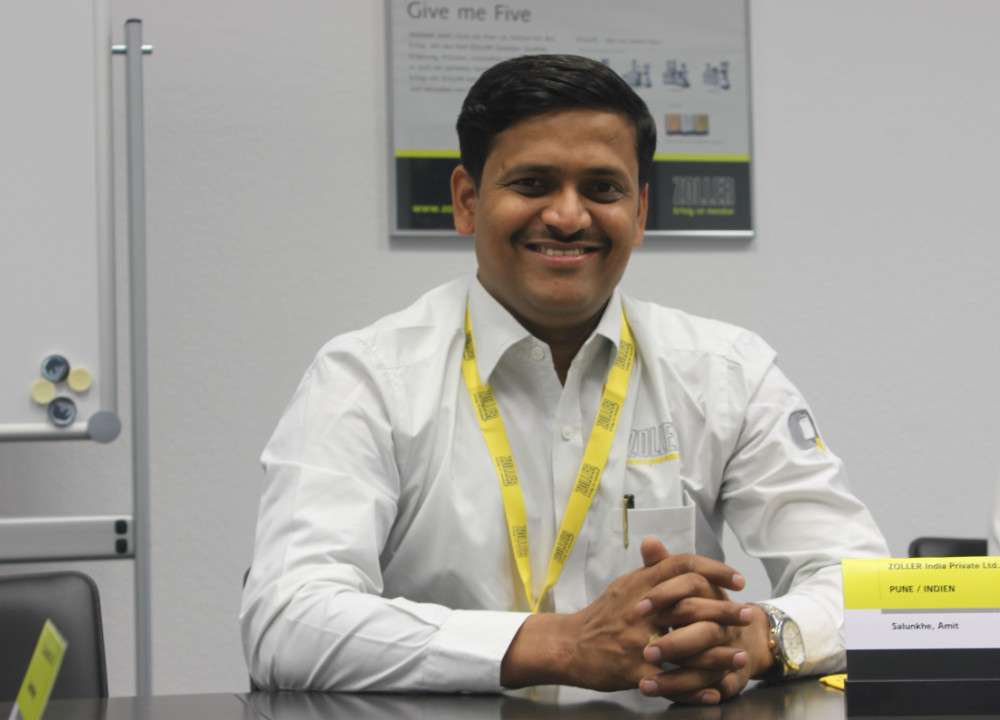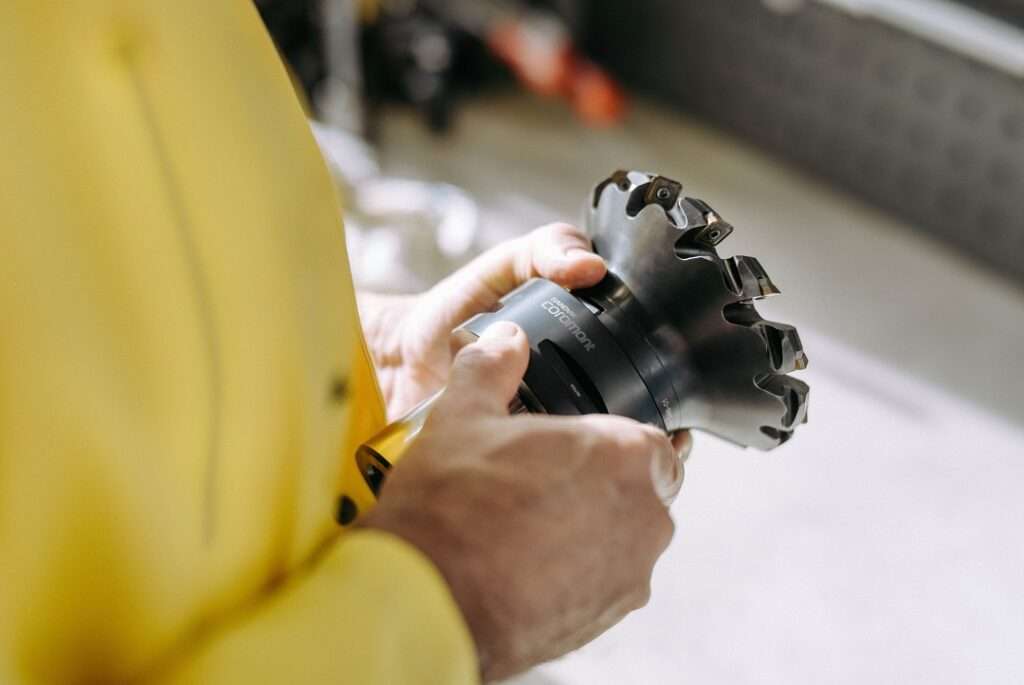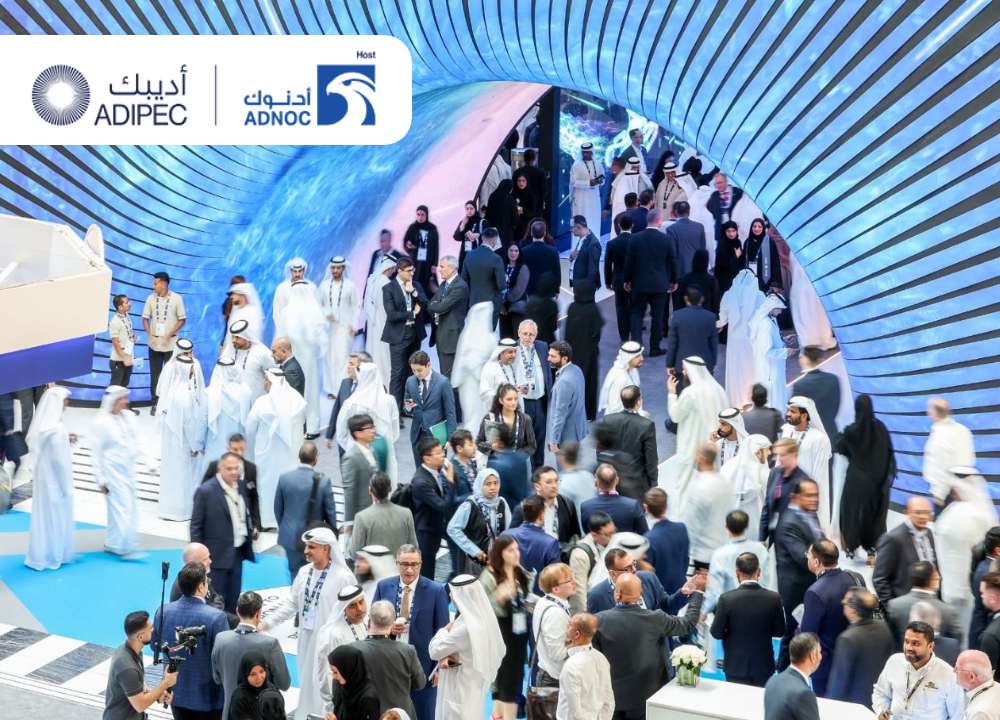Making workplaces healthier, safer, more productive and more attractive – it’s what Ottobock Bionic Exoskeletons were made to do. The company will be presenting its portfolio of exoskeletons at the Hannover Messe trade show
2023 from 17 to 21 April in hall 7, booth A28/1. These wearable solutions help workers as they perform strenuous activities, such as working above shoulder height in production settings or lifting heavy objects.
The pressure is mounting for industries such as the logistics, retail, automotive and aviation sectors, as a combination of sick leave and demographic change is turning the skilled worker shortage into a Europe-wide problem. In the logistics sector, for example, employees are missing an average of 25 days of work a year as a result of illness. A large proportion of these absences can be attributed to musculoskeletal disorders (MSDs) such as back pain, which are brought on by lifting and carrying loads. In Germany alone, MSDs cause losses of €17.2 billion in production and €30.5 billion in gross value added every year.
Bringing New Work to the blue-collar sector

It is a proven fact that exoskeletons can help to reduce the incidence of sick leave significantly, allowing companies not only to improve their productivity but also to make their workplaces more attractive. And, as Martin Böhm, Chief Experience Officer at Ottobock, explains, the advantages of an attractive workplace are not to be underestimated: ‘At present, the professional world is being transformed by the concept of New Work, and this idea cannot simply stop short at blue-collar workers. Our colleagues in the production, trade and retail sectors want more freedom of self-determination in their work too. Giving blue-collar workers the option to use exoskeletons has the potential to be a real milestone here. These assistance systems serve as literal support for hardworking people – and what’s more, they are very comfortable.’
Biomechanics: the key to lightweight, flexible systems
At this year’s Hannover Messe trade show, Ottobock will introduce its growing range of exoskeleton products. The company offers support solutions for the entire body (including the back, shoulder, neck, wrist and thumb), which will be available for visitors to test out at the exhibition stand. Highlights include the latest exoskeleton products: the Ottobock BackX and Ottobock Shoulder.
The BackX model is specifically aimed at logistics employees who need to move loads manually while retaining their flexibility. The exoskeleton reduces the load on the lower back by an average of 60 per cent during lifting tasks. However, it also allows for a high degree of freedom of movement, so that employees can also perform activities such as operating forklift trucks and climbing stairs. The BackX model has already been put into action, for example, at multiple DB Schenker logistical centres.
The Ottobock Shoulder model supports employees in performing strenuous activities above shoulder height and can be deployed in areas such as automotive manufacturing, train maintenance and aircraft construction. This model is in use at numerous major companies, including Airbus, Deutsche Bahn and Toyota North America. The SNCF, the French national railway company has also adopted the exoskeleton to increase efficiency in the maintenance of its TGV trains.
‘We see our exoskeletons as a natural extension of the body,’ says David Duwe, Vice President Ottobock Bionic Exoskeletons Europe. ‘They use “energy harvesting” technology based on biomechanical principles to redirect and temporarily store forces in the body. And that’s not all: our ultra-lightweight, battery-free exoskeletons can be put on and taken off in less than 30 seconds.’
Sensor-based bionic analytics prove the effectiveness

More than 200 studies have demonstrated the positive impact that exoskeletons can have on the world of work. Sensor-based studies can be used to prove the extent of the improvements that exoskeletons can trigger in specific workplaces, which is why Ottobock has now developed a ‘bionic analytics’ procedure. In this method, three measurement sensors are used to precisely analyse employees’ work processes, both with and without the exoskeleton, every day for up to eight hours over a period of several weeks.
The data is collected anonymously and then subjected to an AI-driven analysis. The procedure is also supplemented by a qualitative survey of the participating employees. In the end, the processed data shows how wearing the exoskeletons has affected the employees’ work.

A study of this kind carried out at DB Schenker over a number of weeks proved that exoskeletons can have a positive effect when worn by employees during the unloading of containers and subsequent goods palletisation. The overall load on employees during goods handling was significantly reduced, while the load handling duration was simultaneously increased by around 20 per cent. The survey results showed that the participants themselves also noticed a definite improvement in their work situation. That’s why DB Schenker has now adopted Ottobock exoskeletons in the areas of warehousing and goods handling.
David Duwe has no doubts about the test procedure’s effectiveness: “With bionic analytics, we can demonstrate the exoskeletons’ impact to companies and employees alike and so provide an ideal basis for sound management decision-making. This data enables us to identify workplaces where our products could improve ergonomics with even greater accuracy and facilitates a high level of acceptance, which is an important factor in ensuring widespread adoption of exoskeletons.”

Ottobock has also developed a cost/benefit calculator for exoskeletons that take absences, turnover, productivity and quality improvement into account. This ROI calculator shows that the cost of purchasing exoskeletons can usually be recouped after just one year.
Researching the future of work
Bionic Exoskeletons has been a division of the global health-tech company Ottobock since 2018. At the end of 2021, the division was expanded with the acquisition of the California-based start-up SuitX. Now the SuitX Innovation Hub has become a research location where the company continuously develops products that will shape the future of work – under the leadership of Prof. Homayoon Kazerooni, Chief Scientist of Ottobock Bionic Exoskeletons and Professor of Mechanical Engineering at the University of California, Berkeley.







